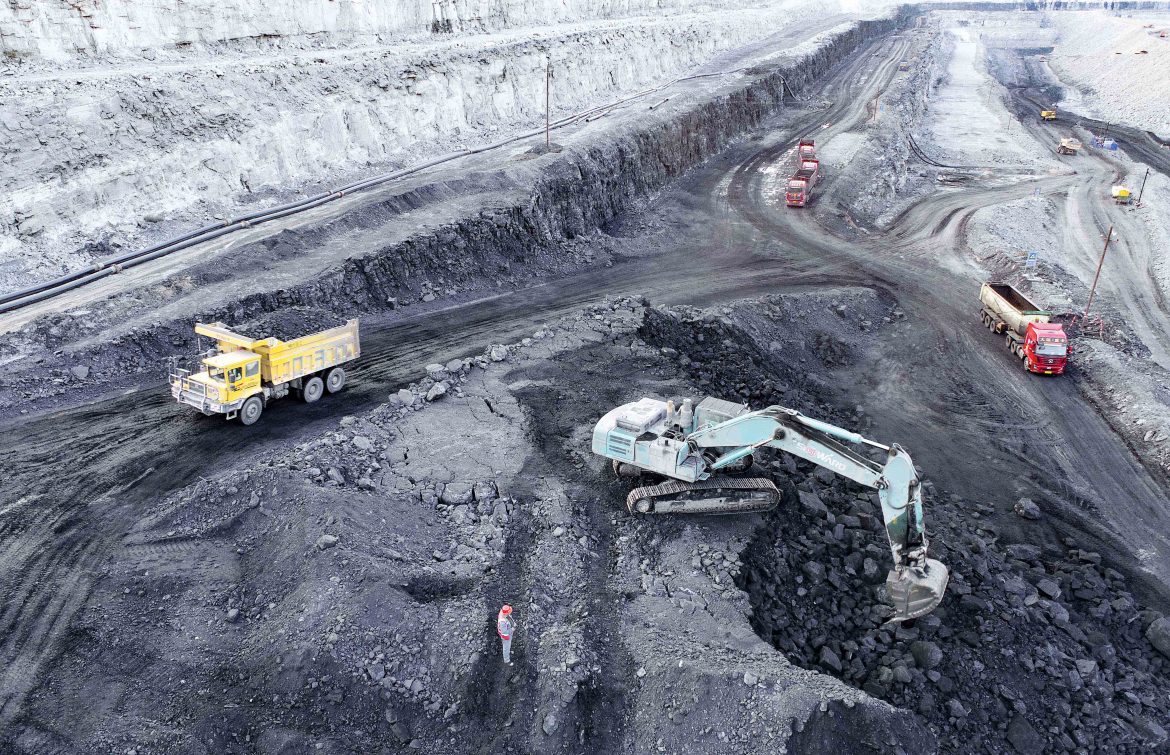Latest reports show that China is approving new coal power projects at the equivalent of two plants every week, a rate energy watchdogs say is unsustainable if the country hopes to achieve its energy targets.
China is the world’s biggest carbon emitter, contributing almost a third of the world’s greenhouse gases in 2020. UN figures show that in terms of population size and number of environmental disasters, it is also extremely vulnerable to the impacts of the climate crisis. In its 14th five-year-plan, which ends in 2025, China’s government committed to reducing the latter by 65%, and raised the share of renewable fuels in primary energy consumption from 20% to 25%.
Recall that the government had pledged to peak emissions by 2030 and reach net zero by 2060. In 2021 the president, Xi Jinping, promised to stop building coal powered plants abroad. But after regional power crunches in 2022, China started a domestic spree of approving new projects and restarting suspended ones.
In 2022 for instance, the government approved a record-breaking 106 gigawatts (GW) of new coal-fired power capacity. One gigawatt is the equivalent of a large coal power plant.
According to analysis by the Global Energy Monitor (GEM) and the Centre for Research on Energy and Clean Air, this run of approvals is continuing, potentially on track to break last year’s record.
The analysis found that authorities granted approvals for 52GW of new coal power, began construction on 37GW of new coal power, announced 41GW-worth of new projects, and revived 8GW of previously shelved projects, in the first half of 2023. It said about half of the plants permitted in 2022 had started construction by summer.
The analysts said: “Unless permitting is stopped immediately, China won’t be able to reduce coal-fired power capacity during the 15th five-year plan (2026–30) without subsequent cancellations of already permitted projects or massive early retirement of existing plants.”
Read also: Data shows EU fossil fuel burning for electricity fell to lowest on record in 2023
Analysts have observed big advances in the renewable energy sector in China, which the government intends to make a mainstay of power supply, with coal in a supporting role and China is the world’s largest producer of renewable energy, including wind, solar and hydroelectricity. But previous analyses have found infrastructure to store and distribute has not kept pace.
According to the report, shortfalls in interconnectivity between regional grids, and issues with power supply for some areas mean energy driven by fossil fuels remains crucial for supporting grid stability or integrating variable renewable energy sources. However, the report says many or most of the approvals being rushed through are not in areas with those issues.
“Sixy per cent of new coal power projects are in grid regions where there is already an excess of coal-fired power capacity,” the report says. “The provinces adding large amounts of new coal-fired power are getting most of their added power generation from coal, contradicting the framing of coal power as a ‘supporting’ source for clean energy.”
Story was adapted from the Guardian.
